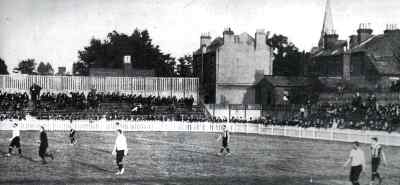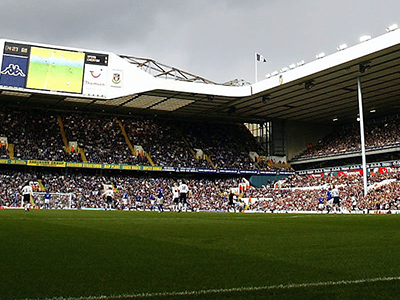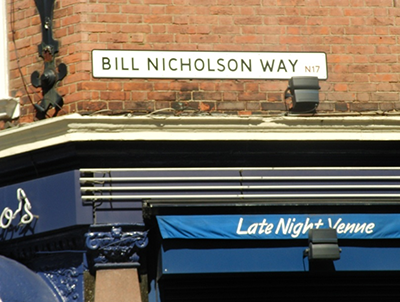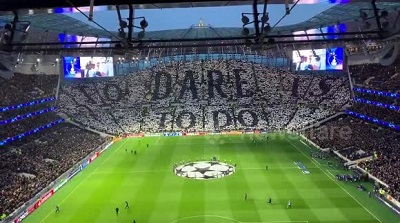 |
||||||||||||||||
History and DevelopmentThe Hotspur Football Club (former name of Tottenham Hotspur Football Club) was established in 1882. At the beginning, the matches were played at Tottenham Marshes in north London. In 1888, the club leased a private area at Northumberland Park for matches. Spurs became a limited company in 1898. In order to absorb more supporters, Mr. Buckle, Director of the club, proposed moving to a new football ground in three years, in an annual meeting on the 10th of August. The progress of the “removal” plan was faster than expected, a district newspaper, Tottenham Weekly Herald, reported the location of the new home ground in January 1899. On 5 May 1899, Spurs leased a vacant area at the High Road for the new home ground for 21 years. The ground was owned by the Charrington family (beer manufacturing). The 30,000-seat football ground was opened in September. The club invited supporters for the name of the new football ground, but with a poor response. As such, the new home ground did not have a name. The first event held at the new ground was the annual sports gala – not a football match.
On 7 September, Spurs faced Queens Park Rangers, Spurs won the match by Smith scored the only goal. Attendance was 11,000 with ticket sales of 329. 21 pounds. Spurs kept up the good form and won the Southern League title. The club kept on searching for a name for the home ground, suggestions from supporters included Rowel Park, Percy Park, and Champion Park (to celebrate the winning of the Southern League title).
In 1921, Spurs were in the First Division, the club bought the small red house, which was a restaurant, in front of the football ground. The club reconstructed it and used it as an office. In 1934, reconstruction of the East Stand completed. With other improvement projects, capacity increased to almost 80,000 people. Operations of fourteen shops and restaurants started, with alcohol drinks supplied at designated times. In 1937, the club address changed from 750 High Road to 748 High Road. 1953 – Floodlights were installed at four corners of White Hart Lane. With the attendance of 28,070, Spurs won 5-3 over Paris Racing Team in the first match with the newly installed floodlights. 1980 – Reconstruction of the West Stand was started and completed in 1982. 1989 – reconstruction of the East Stand. The floodlights at the East and West Stand were replaced by spotlights upon completion of this particular reconstruction.
White Hart Lane became an all-seater stadium.
21st Century and Future Plan
Copyright© 2013 Spurs HK. All rights reserved. |
||||||||||||||||
 |







